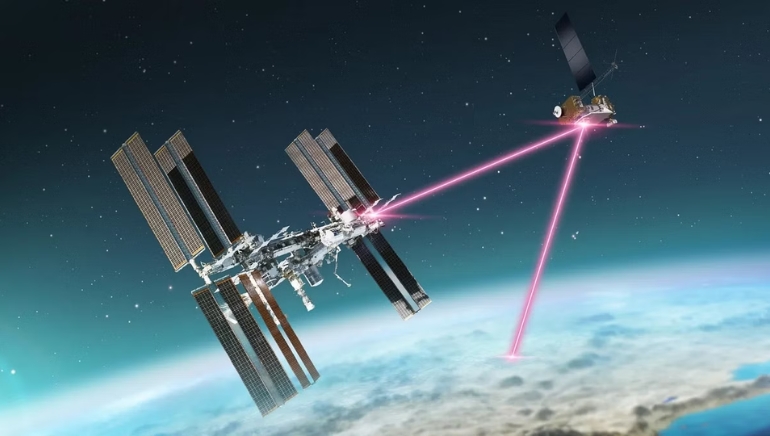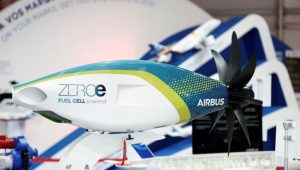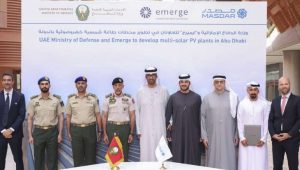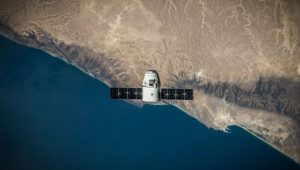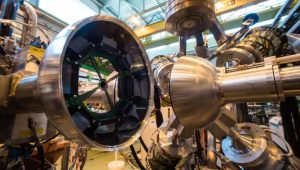NASA has successfully employed laser technology to stream 4K video footage from an aircraft to the International Space Station (ISS) and back. A team at NASA’s Glenn Research Centre in Cleveland achieved the feat, representing a substantial advancement in space communication technology.
Historically, NASA depended on radio waves to transfer information, but laser communications use infrared light, which allows data to be transmitted 10 to 100 times quicker. This development is part of a series of tests designed to provide live video feeds of astronauts on the Moon during the Artemis missions.
Engineers from Glenn collaborated with the Air Force Research Laboratory and NASA’s Small Business Innovation Research program to install a portable laser terminal on a Pilatus PC-12 aircraft.
The aircraft flew over Lake Erie and sent data to an optical ground station in Cleveland. The data was then delivered to NASA’s White Sands Test Facility in New Mexico and relayed 22,000 miles to the Laser Communications Relay Demonstration (LCRD). The signals were subsequently transferred to the ISS’s ILLUMA-T payload and returned to Earth.
Dr. Daniel Raible, Glenn’s chief investigator, stated that this technology may enable future capabilities such as HD videoconferencing for the Artemis crew.





